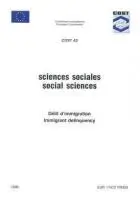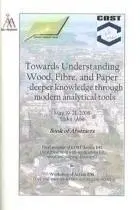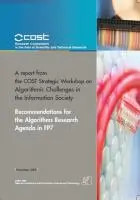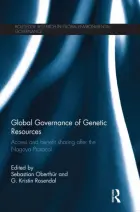
Ferroelectric Thin Films

20 ans de Recherche Scientifique (2 copies)

Social Sciences - Immigrant Delinquence

Social Sciences in the Eastern European COST Countries - State of the Art

Department of Metallurgy and Materials Engineering - MTM Scientific Report 1994-1996

Towards Understanding Wood, Fibre and Paper - Deeper Knowledge through Modern Analytical Tools (Book of Abstracts)

Stress Tolerance in Seeds - Genetic, Molecular and Physiological Mechanisms - Abstracts

Recommendations for the Algorithms Research Agenda in FP7
- Pages: 23
- Publisher(s): COST Office
The COST Strategic Workshop on Algorithmic Challenges in the Information Society was held in Brussels, on August 30-31, 2005.
The report on this workshop contains the main findings and recommendations of the workshop concerning the state of the Algorithmic research in Europe. The main areas discussed in the report are Massive Networks, Massive Data Sets, Data Mining, Machine Learning, Cooperating Selfish Agents, Hardware and Software Verification, Modelling Network Evolution and Dynamics, Modelling Distributed Systems, Autonomous Networks, like Sensor and Peer-to-Peer Networks, System Biology, and Automated Shape Recognition.

Global Governance of Genetic Resources: Access and Benefit Sharing after the Nagoya Protocol
- Pages: 288
- Author(s): Oberthür, S., Rosendal G.K. (Eds.)
- Publisher(s): Routledge
- http://routledge-ny.com/books/details/9780415656252/
- ISBN/ISSN: |
This book analyses the status and prospects of the global governance of Access Benefit Sharing (ABS) in the aftermath of 2010’s Nagoya Protocol to the Convention on Biological Diversity (CBD). The CBD’s initial 1992 framework of global ABS governance established the objective of sharing the benefits arising from the use of genetic resources fairly between countries and communities. Since then, ABS has been a contested issue in international politics – not least due to the failure of effective implementation of the original CBD framework. The Nagoya Protocol therefore aims to improve and enhance this framework. Compared to the slow rate of progress on climate change, it has been considered a major achievement of global environmental governance, but it has also been coined a ‘masterpiece of ambiguity’. This book analyses the role of a variety of actors in the emergence of the Nagoya Protocol and provides an up-to-date assessment of the core features of the architecture of global ABS governance.
